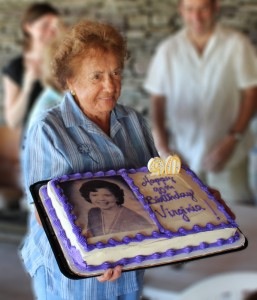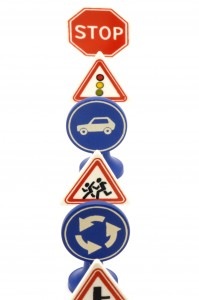Valley Of Fatigue
When I was a kid there was a commercial on TV for Welch’s Grape Juice. The gist of the commercial was that when you hit your 3 or 4PM energy drain – or what they called the “valley of fatigue” — a nice glass of Welch’s grape juice would help you climb right out of the bottom of that valley.
Of course, an 8 oz glass of the purple juice with 170 calories, and 42 grams of carbohydrates (40 of which are sugars), will certainly give you a pop of energy. However, since it’s all sugar, that immediate blood sugar spike will quickly turn into a dropping blood sugar – leaving you with less energy – and probably crankier – than before.
Here’s A Better Choice
How about a non-fat skim caffe latte instead. You could be at a mall, in a train station, an airport, sitting at your desk, or walking down the street. There’s a Starbuck’s or a Dunkin’ Donuts, or a zillion other coffee shops if not right in front of you, then most likely around the next corner or down the road apiece.
Why Is A Non-Fat Skim A Good Idea?
Three reasons — maybe there are more, but here are three good ones:
- Easy to find – coffee shops are everywhere
- It’s a finite size – you ask for a certain size, you get it, you drink it and then it’s gone (unlike the rest of the cookies remaining in the box that will continue to tempt you)
- You get a nice satisfying, long-lasting, and portable hot drink to sip with a good amount of protein and no fat; whether it’s caffeinated or decaffeinated is your choice
Nutritional Stats For a Non-Fat Caffe Latte
Starbucks’ Non-Fat Caffe Latte (espresso and non-fat milk)
- Tall (12 oz): 100 calories, 10 grams of protein
- Grande (16 oz): 130 calories, 13 grams protein
- Venti (20 oz): 170 calories, 16 grams protein
Note: Try to avoid flavored lattes which add (in sugars) 50 calories to the tall, 70 calories to the grande, and 80 calories to the venti and drops the protein count for each by a gram.






